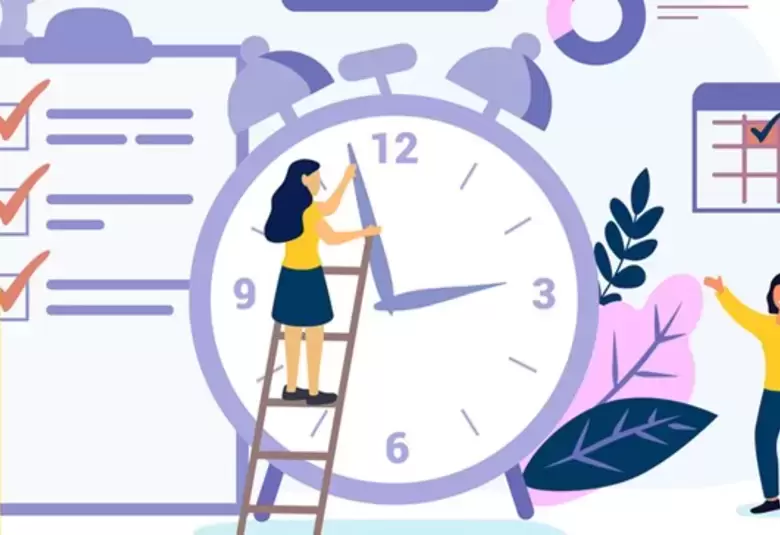
Dealing with inadequate response: a rational approach
An interview with Philip Gorwood, Professor of Psychiatry at the Hospital of Sainte-Anne and Paris Descartes University, France
What does it look like in clinical practice that one MDD patient in two does not respond to antidepressant treatment?
Even among patients who say they are much better; we may find that sleep and concentration are still not good. Their sense of enjoyment in life has not been restored. We should listen, but we should also ask – about their sleep, appetite, sex...
Then we have to face the frustration of knowing that – for another group of patients, probably the majority – we are not fully resolving their problems. And the language they use to explain their distress is about functioning. “I am not like I was before; I don’t care about things like I used to; I can’t respond well enough to keep up with the family.” The explanation is that they are still depressed.
Inadequate response to therapy is a great burden for patients, and also for society. Treatment has been given, treatment has been taken, but it has proved insufficient. So, we have to add something.
At what point do you judge that response has been inadequate?
Some say you can have a feel for what is happening, two weeks after starting a new treatment, some two months. There are as many guidelines on timing as there are ways of treating depression. But we are moving towards more rapid assessment. The crucial thing is that we don’t leave depression untreated – or inadequately treated – for too long.
The appropriate time is probably 4-6 weeks. But you can get some idea at two weeks. This doesn’t necessarily mean a hospital visit. Patients can fill in scales at home and be followed up with a phone call. The presence of a 20% improvement at two weeks, even if the patient does not see much benefit, suggests there may be a response at four weeks, and remission at three months. I tell the patient that, since good news is good for compliance.
The absence of a 20% improvement at two weeks, on the other hand, does not mean that there will not eventually be a response. But zero improvement means there is a very small chance.
That can be shared with the patient, though without being too pessimistic. “Let’s find another treatment which we hope will do better.” It is also helpful to focus on the symptoms that have the greatest impact on the patient and put energy into improving them. This means shared goal-setting. This is not just politeness. It has an impact on efficacy.
Shared decision-making
Giving patient options for treatment also makes a difference. Then, if there are side effects, it is not “Because you told me to take the drug, Doctor”. Sharing the decision means sharing the responsibility. And that may improve acceptance of side effects.
One major question is how best to help patients with a response stuck at around 20%. The first task is to assess the impact. There may be loss of hope. There is also frustration, which clinicians may share – though we are unlikely to express it. The family too has been expecting relief and is frustrated that it has not come.
The patient who has had some response – but not enough – has put time and effort into getting better. They have tolerated side effects. If you decide to stop the drug you are saying all this was for nothing. So, you don’t want to go back to scratch. You want to build on what has been achieved. Hence you keep the existing treatment and add something new, explaining that it is in the hope of enhancing response and with the aim of restoring normal life.
In our department we have good resources for cognitive behaviour therapy and mindfulness. Patients are keen on these interventions and there is benefit. But they require effort and energy which the patient may not have. In terms of additional drug treatment to build on efficacy, there is ketamine – but this has safety issues. And lithium, for which there is good evidence of efficacy. But lithium is very difficult to manage in everyday practice. So most frequently we use antipsychotics, which double the chances of remission.
Within this class, the available agents are very different. One guide would be to tailor choice to a patient’s remaining symptoms. Another is to relate the tolerability profile of the drug to any predispositions the patient may have, for example to metabolic syndrome. And it is good to systematically assess anxiety in depressed patients and avoid akathisia-inducing agents in anyone with high levels.
The past is a guide to the future
The best predictor of inadequate response is a patient’s past history: the more episodes, and the longer the episodes, the more difficult it is likely to be. One month and nine months is a different story. It is about lifetime burden. Anxiety too is a factor: anxiety is part of depression, decreases the chance of treatment success, and needs assessment. Delay in starting treatment is another: once you are sure of the diagnosis, “wait and see” has a very negative impact on outcome.
The views and opinions expressed on this page do not necessarily reflect those of Lundbeck.
Internal ID: AU-HLU-0071. December 2022



